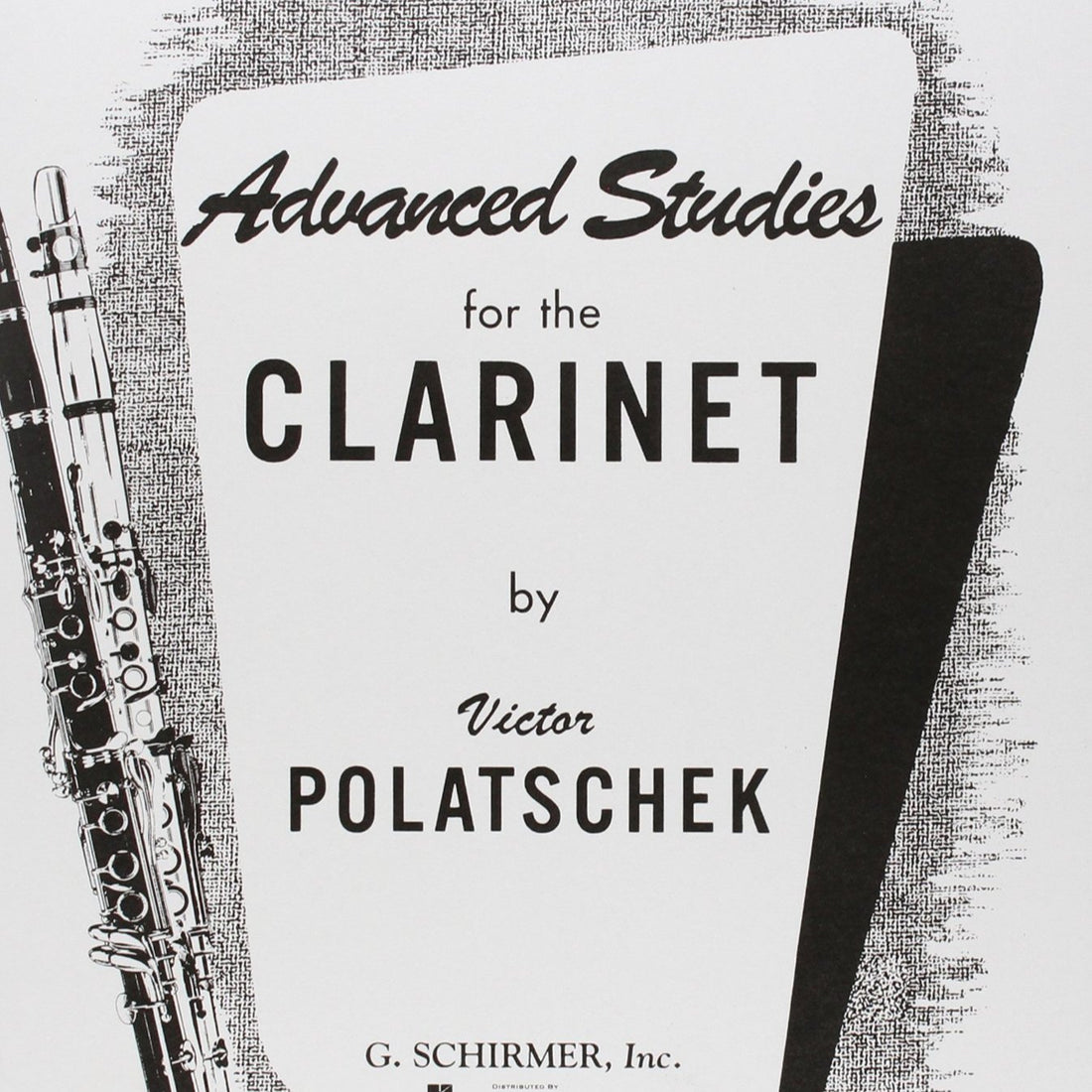
Books Everyone Should Have?
Share
From the mailbag:
“In your videos and blog posts, you'll sometimes reference books that everyone should own in their collection. Do you have a list somewhere (or are you willing to put one together) of all the practice books that everyone should own? I just got back into playing after many years and I find that I could use some basic practice to get back into the swing of things.”
What a great question! Oddly I never thought to address this before. So, now I will.
The first thing I should mention: everyone has their favorites.
These are my personal ones. There are many, many, many others.
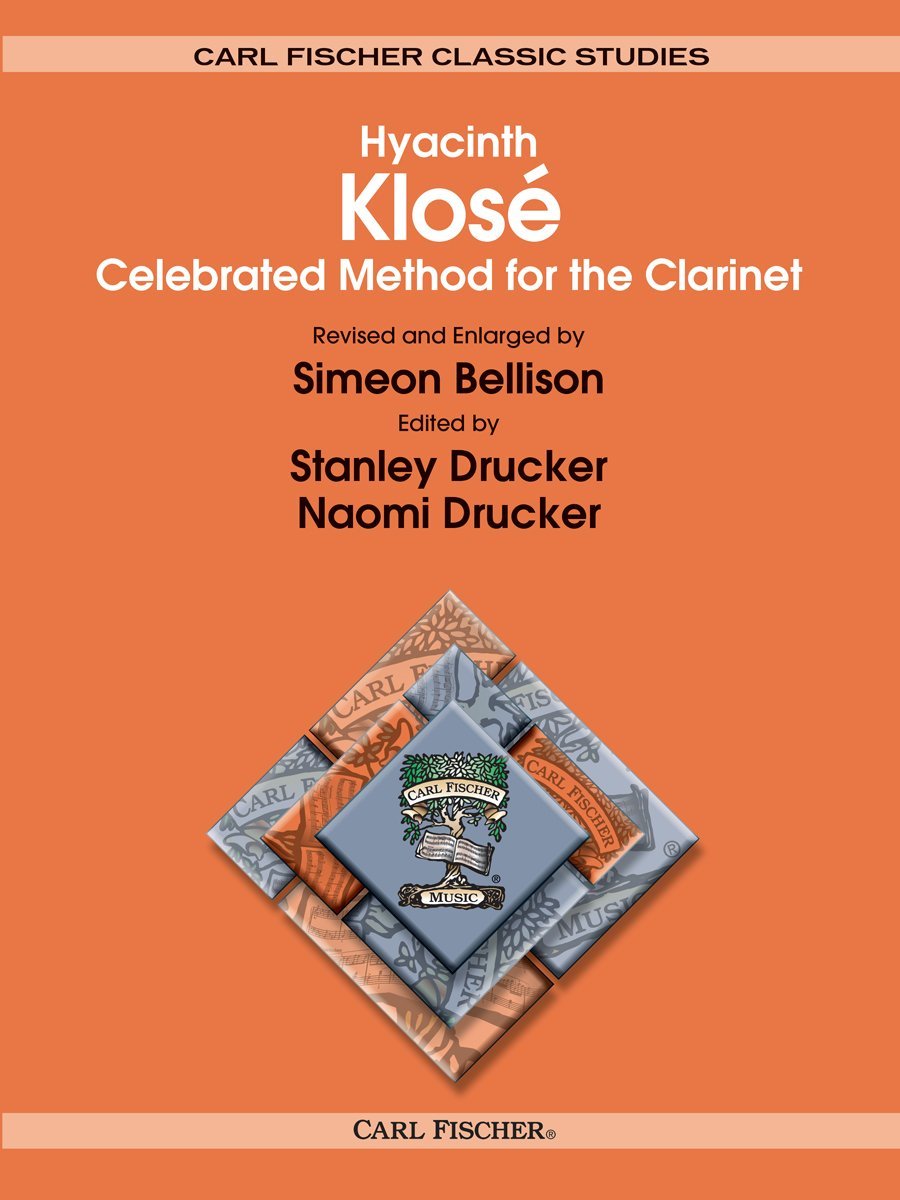
You know, there are books that are considered “standard” that I literally have never cracked open. That big fat Klosé compendium that my wife owns? Haven’t touched it. But I hear it’s great.
Why didn’t I open it? Because I didn’t have a teacher that told me to. That’s the thing: the “early books”—especially etudes and studies—most students buy are those that are recommended by their teacher. But not everyone has a teacher, so where to start? Well, one place you can start is right here; for the next 10 minutes, I’ll be that dude telling you what books to get. Do you need all of them? Well, some are non-negotiable, but others are optional, and I’ll tell you which are which.
As far as my levels listed below, most of these books are NOT beginner books. They assume you have played at least 4 or 5 years (at some point in your life, not necessarily the most recent 4 or 5 years)
Let’s get started.
Warm-Ups
These are great to get your face ready for the workout that’s about to ensue. While many players make up their own (or are taught them by rote from their teachers, and have them memorized), here are some you should consider:
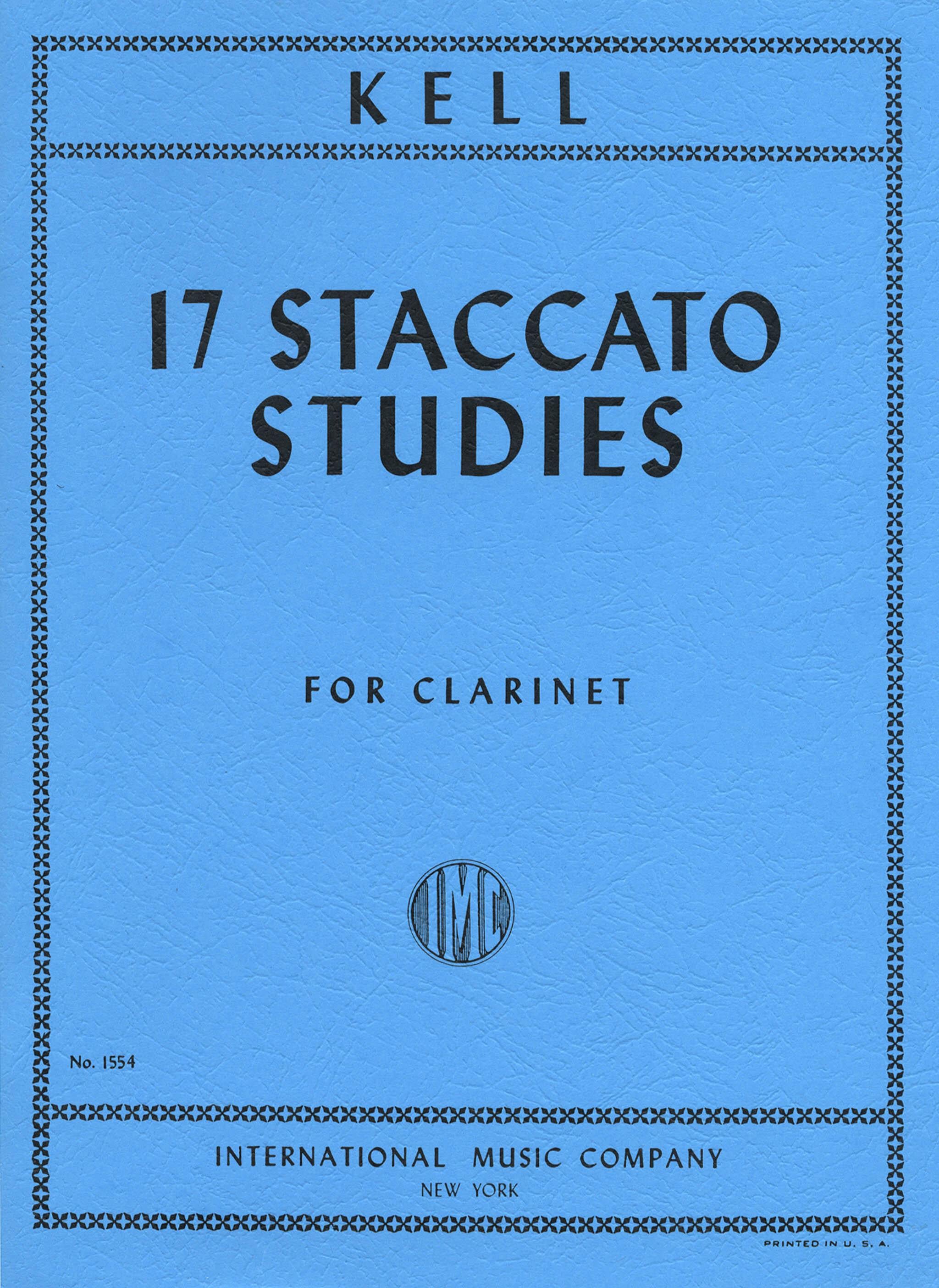
Burke Clarinet Warm-Ups: This is my go-to book for all warm-ups. While the cover looks decidedly…1990s MacPaint (sorry Kelly), the content is terrific. Long tones, slow finger warmups, even body stretches. I’ve got my favorites in this book memorized, but I still open it up from time to time to see what I’ve been missing/forgetting. Level: This is a book for everyone — not just pros, or beginners — and I highly recommend it. Do I need to buy it? This one, for my students, is non-negotiable. Buy it.
Other books to consider: Daily Workouts by Paula Corley. Level: Beginner to early-intermediate.

Denny-Chambers Prep Steps Before You Kroepsch: This book is—you guessed it—a series of studies aimed at prepping you for the Kroepsch 416 Studies book (see below). But I love it on its own. The studies in this book are written in the order of the circle of fourths (why fourths and not fifths? go ask Kristen), and each page of one-line studies follows an ingenious pattern of challenges that progresses in difficulty. The other thing I love about the book is that these one-liners are not “cut-and-paste-each-line-for-each-key” but are composed specifically for each key. Take THAT Baermann. Level: Beginner to Intermediate (though some of the challenges can get thorny!) Do I need to buy it? Technically, no. But it’s pretty great.
Technique Studies
The spinach of your practice meal, Technique Studies give you the strength to conquer the Bluto of Western Classical Music—and, frankly, everything else. Disciplined study (not just “I’ll hack through it on my way to Weber”) every day will provide you with a lifetime of even finger technique, solid rhythm, clear articulation, and no acne. Well, three out of four ain’t bad.
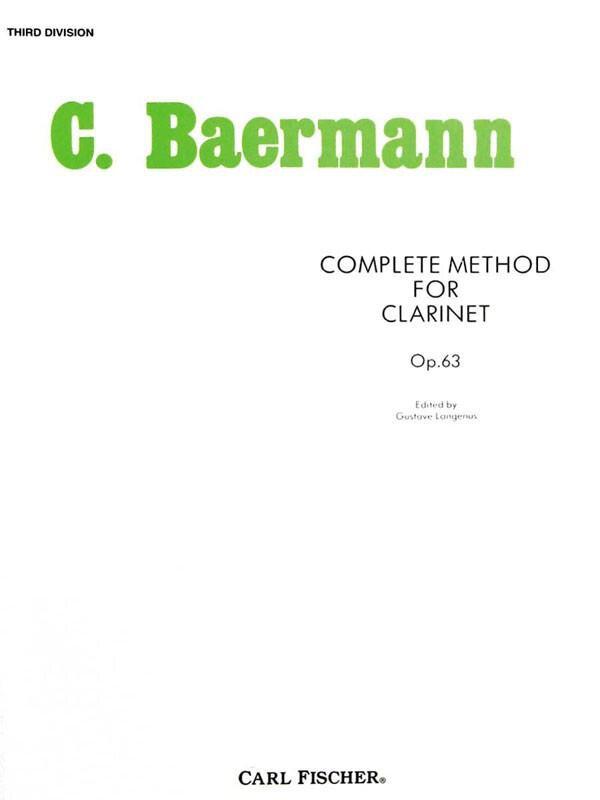

Baermann Complete Method for Clarinet, Part 3: Part of the “celebrated” method of books, the only thing I celebrated about this book was when I put it away each day. Baermann, himself a clarinetist (and son of a clarinetist—holy hell, what a family), wrote these Daily Studies specifically to torture me. That said, this book was (and sometimes still is) the “eat your vegetables” part of my practice sessions every day, and one that focused my technique, especially on my fingers. Evenness of scales, arpeggios, and other patterns (thirds, fourths, fifths, sixths) is the key to playing just about every Western-Classical piece of music written. I wouldn’t leave home without it, and all kidding aside, it’s what gave me pretty decent finger technique. The white cover is the O.G. version; if you would like one that’s easier to read (notes spaced more evenly, nicer paper), get this version that’s been edited by David Hite. Level: Intermediate to Advanced (depending on the tempo you play them). Do I need to buy it? Absolutely, yes.
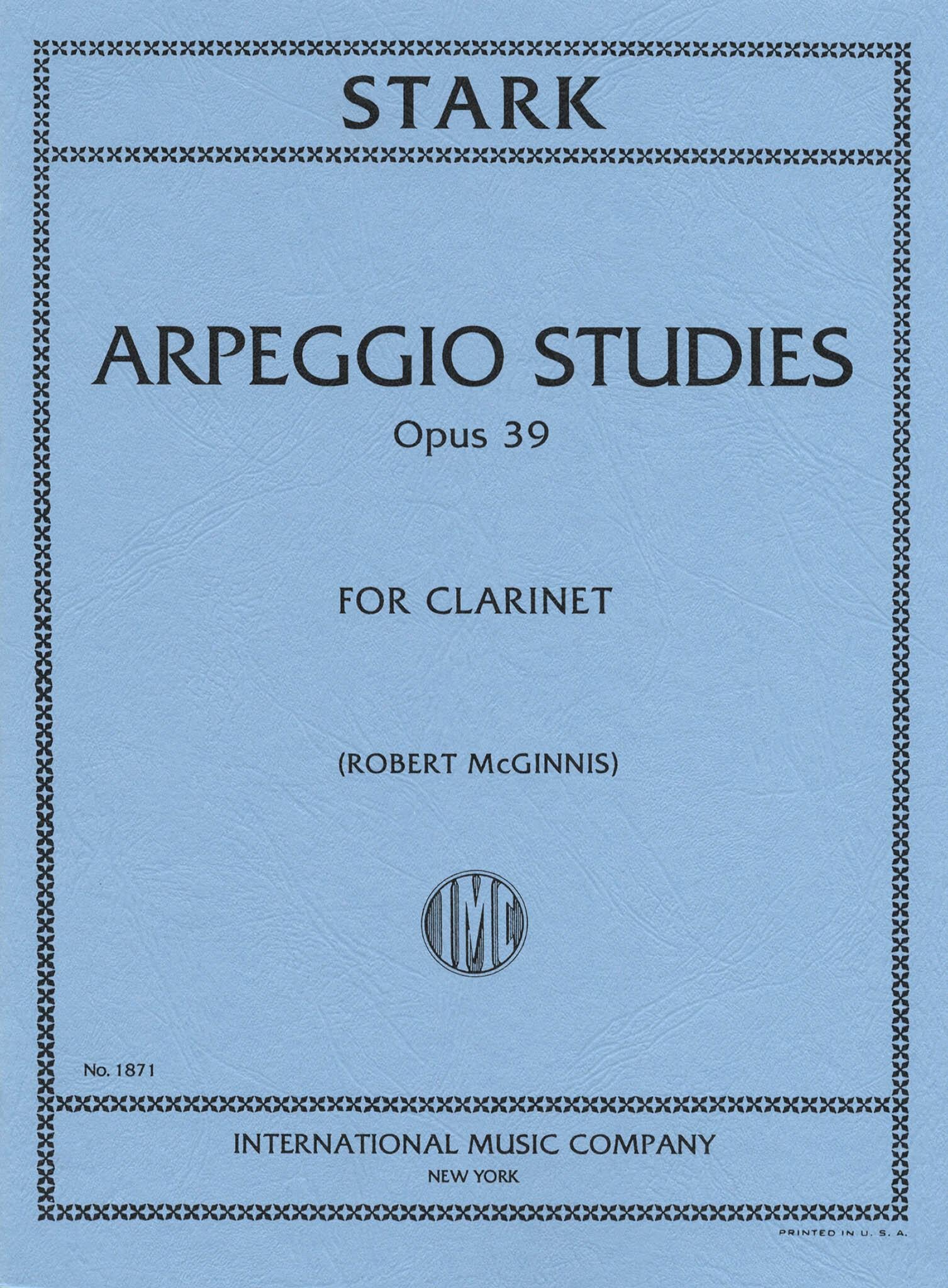
Stark 24 Arpeggio Studies: I used this a lot in my early years, though I should probably break it out again to see how much I still suck. Robert Stark was a clarinetist who helped modernize the instrument in the late-1800s and early 1900s. Specifically, he worked with instrument maker Anton Osterried to add keys to the Boehm clarinet to help with certain trills. And, presumably, arpeggios. Thanks Robert. Level: Intermediate to Advanced. Do I need to buy it? You can probably get by with the arpeggios in Baermann, but this book is so cheap, you should probably just get it.

Kell 17 Staccato Studies: This book of staccato studies is still something I play all the time. It’s not the tongue-twister type of torturous tonguing tutelage, but rather a great calibration book for your tongue. Nothing fancy here, no challenging finger technique stuff, so you can just focus on your tongue. Until it bleeds. Level: Intermediate to Advanced. Do I need to buy it? Yep. You do.
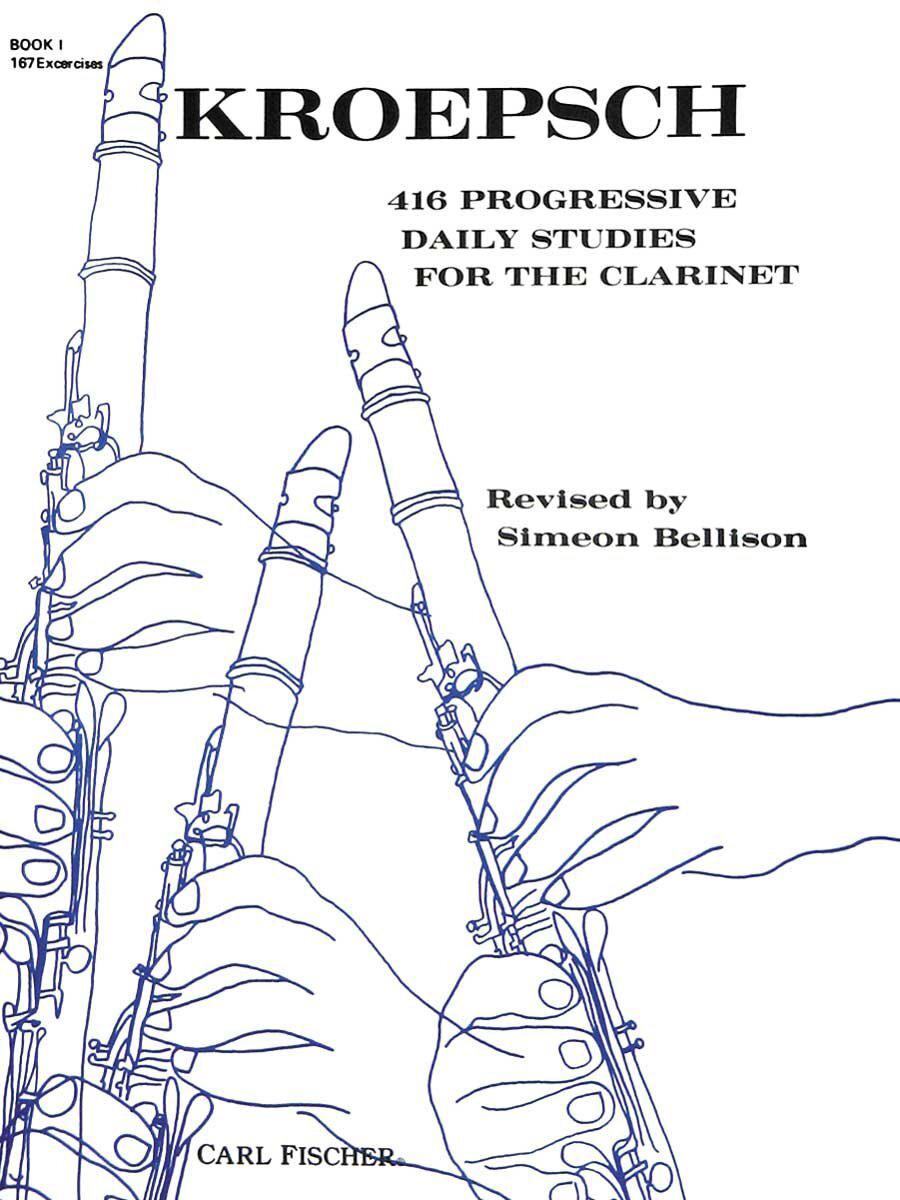
Kroepsch 416 Progressive Studies: Remember those “Prep Steps” above? Well, now you can actually Kroepsch. Fritz Kroepsch was an Austrian clarinetist, and this is is magnum opus. I’d suggest you just get Book 1 to start, which contains the first 167 exercises. Like the “Prep Steps,” each individual exercise is generally one line in length and focuses on a specific pattern or technical issue. Practicing patterns in Kroepsch will benefit you for the rest of your playing career—the patterns he offers are some of the most common you will encounter in pieces of Western Classical music, and when you see them “in the wild,” your fingers will already know what to do, even before you do! If you fall in love with Kroepsch, you’ll want the whole series, Book 2, Book 3 and Book 4. Level: Intermediate to Advanced. Do I need to buy it? No.

Opperman Velocity Studies: Book 1 is for beginners—Book 4 is for pros. But what a fantastic resource for clarinetists. For those who don’t know Kal Opperman, he was an erstwhile Broadway clarinetist, but was most well-known for his teaching. His best-known student is Richard Stoltzman, but he taught just about everybody who passed through New York. These studies are all about finger tecnhique, but since they were written well into the 20th-Century, they take into account some of the new demands that were being placed on clarinetists post-Stravinsky. Level: Beginner to Advanced. Do I need to buy it? No.
Etudes
I’ll be upfront: I love etudes. Always have. But only etudes that are musically interesting to me. There are etudes that are just glorified studies, and those are fine, but for me, I can get the same bang-for-my-practice-buck when I play etudes I actually enjoy. Most etudes work out a specific technical issue—that’s why they exist—but they also layer in phrasing, breathing, and musical challenges. Some of the books I show below are actually compendiums of pieces by Bach, for example, so they’re not always “etudes” in the strictest sense of the word. Still, they serve the same function, so I get even more bang for my buck: I get to play a piece of amazing music while working on technical issues. Bonus.
Sometimes etudes hit the spot when I’m in the mood to practice, and I don’t have time for a full session. And—being honest here—when I don’t have time to go through a full practice session with technique studies, etc., I can pick out an etude or two and get 75% of the benefit of technique studies but that also scratches my musical itch. NOTE TO MY STUDENTS: YOU MAY NOT DO THIS. IT’S FOR CLARINET-ADULTS ONLY. YOU MUST PRACTICE YOUR TECHNICAL STUDIES. I’m watching you.
In short, etudes are where we can put into practice all of the technique we have been diligently working on, and layer “musical” challenges on top.

Rose Artistic Studies: A Rose by any other name is still a Rose. Back in my day, we had to buy these books separately. Now they come in one compendium, and the misprints from those early editions have been corrected. And as an added bonus, you get the 9 Caprices thrown in for free! Whadda bargain. Okay, so Rose is my go-to book for all students. Cyrille Rose was the principal clarinetist of the Paris Opera, and whose teacher was none other than Hyacinthe Klosé (yes, that Klosé) and was the teacher of Henri Selmer (yes, that Selmer). Nearly all of the 32 Etudes are based on the works of oboist F. Wilhelm Ferling, whereas the 40 Studies are transcriptions of various French violin etudes. The benefit of these studies is that they are cool pieces of music, while reinforcing five fundamentals: tone, articulation, finger technique, rhythm, and phrasing. Level: Intermediate. Do I need to buy it? Yes.

Denny-Chambers: Finger Fitness Etudes: Kristin Denny-Chambers is one of the up-and-coming creators of terrific studies for Beginning and Intermediate students. Her Finger Fitness Etudes book is a collection of imaginative and stylistically-diverse studies, each of which focus on a particular finger-technique challenge that is highlighted at the top of each etude. There are 38 Bb Clarinet etudes—which are also great for Bass Clarinet—but then she modified 10 of these etudes to give players a workout specifically for Low C bass clarinets as well. There are few etude books that focus on the extended range of the Bass Clarinet, and in my opinion, this is one of the best. Level: Beginner to Intermediate. Do I need to buy it? No.

Voxman Classical Studies: This book never leaves my music stand. (Well, it might, but it’s never far away). This book is a collection of Bach Violin partitas and sonatas, Cello suites (though I’d recommend skipping these and going straight to the source; it’s a great way to learn bass clef), and random Flute stuff. I think I recall seeing a stray Haydn piece in there, too. I love this book because, first of all, it’s freakin’ BACH, and second of all, it gives you the opportunity to learn to phrase like a violinist. Yes, there’s nowhere to breathe, and yes, the music is challenging, but it’s just fantastic music that will do wonders for your technique. Level: Advanced. Do I need to buy it? Yes, yes, yes.
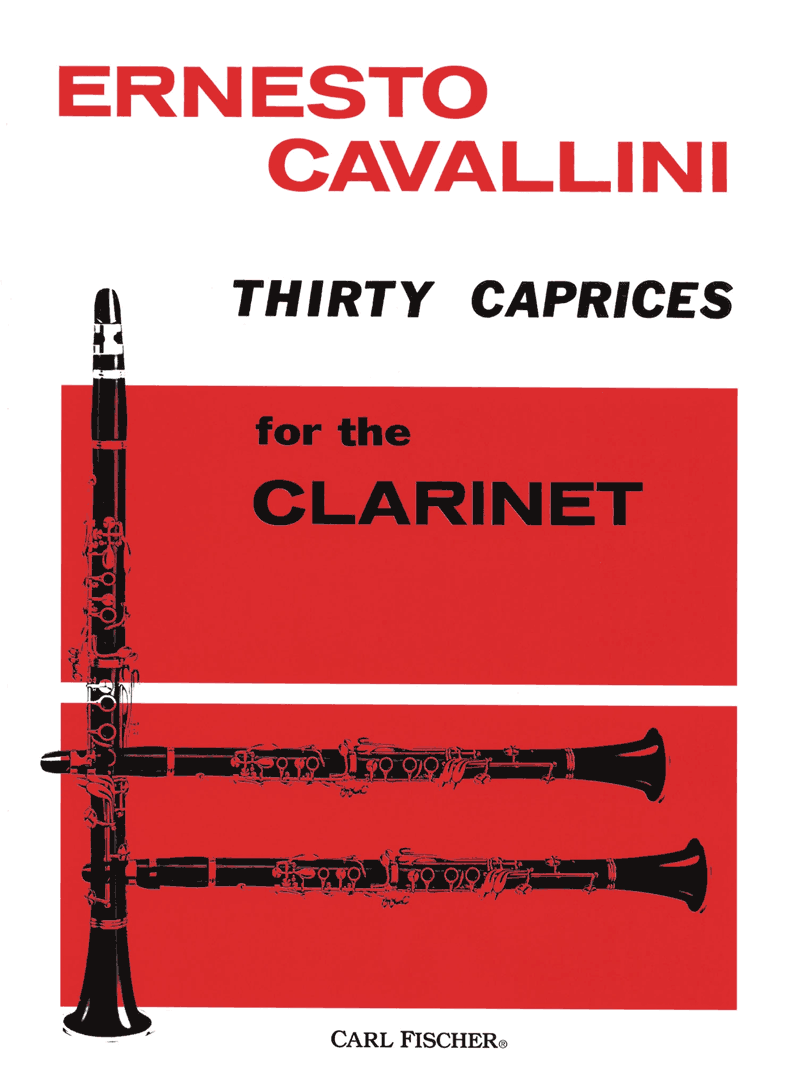
Cavallini 30 Caprices: Ernesto Cavallini was an Italian clarinetist in the mid-nineteenth century. I like these caprices because they are very…Italian. Full of flourish and melodrama, they’ll prep you for the most Sturm-und-drang (wait, what’s that in Italian? Tempesta e stress) Italian operaesque pieces. Think: Rossini, Rigoletto Fantasia, and so on. Corrado Giuffredi says, “Suona la tua dannata musica italiana per clarinetto ogni giorno.” (By the way, the link above is to Charles Neidich’s edited version, which is terrific.) Level: Intermediate-Advanced. Do I need to buy it? No.

Polatschek Advanced Studies: Victor Polatschek was an Austrian clarinetist in the late 1800s-mid 20th-Century and was the clarinetist in the Boston Symphony Orchestra starting in 1930. This book is another one of my absolute favorites. Why? Because he takes well-known clarinet excerpts and makes etudes out of them! (Among other pieces he’s adapted, and his own compositions. Frankly, I actually like his original etudes best of all in this book). Why does any of this matter? Well, it’s not intended for players to learn the excerpt the etude is based on, but rather to take the patterns from that etude which are thorny, and explore those patterns in other registral contexts. Think of it like your practice-room neighbor practicing jazz licks in every key—except for classical orchestral music. Plus, I mean, where else will you see an etude based on Schoenberg’s Pierrot? Level: Advanced. Do I need to buy it? Yes, there’s nothing else like it in the repertoire.
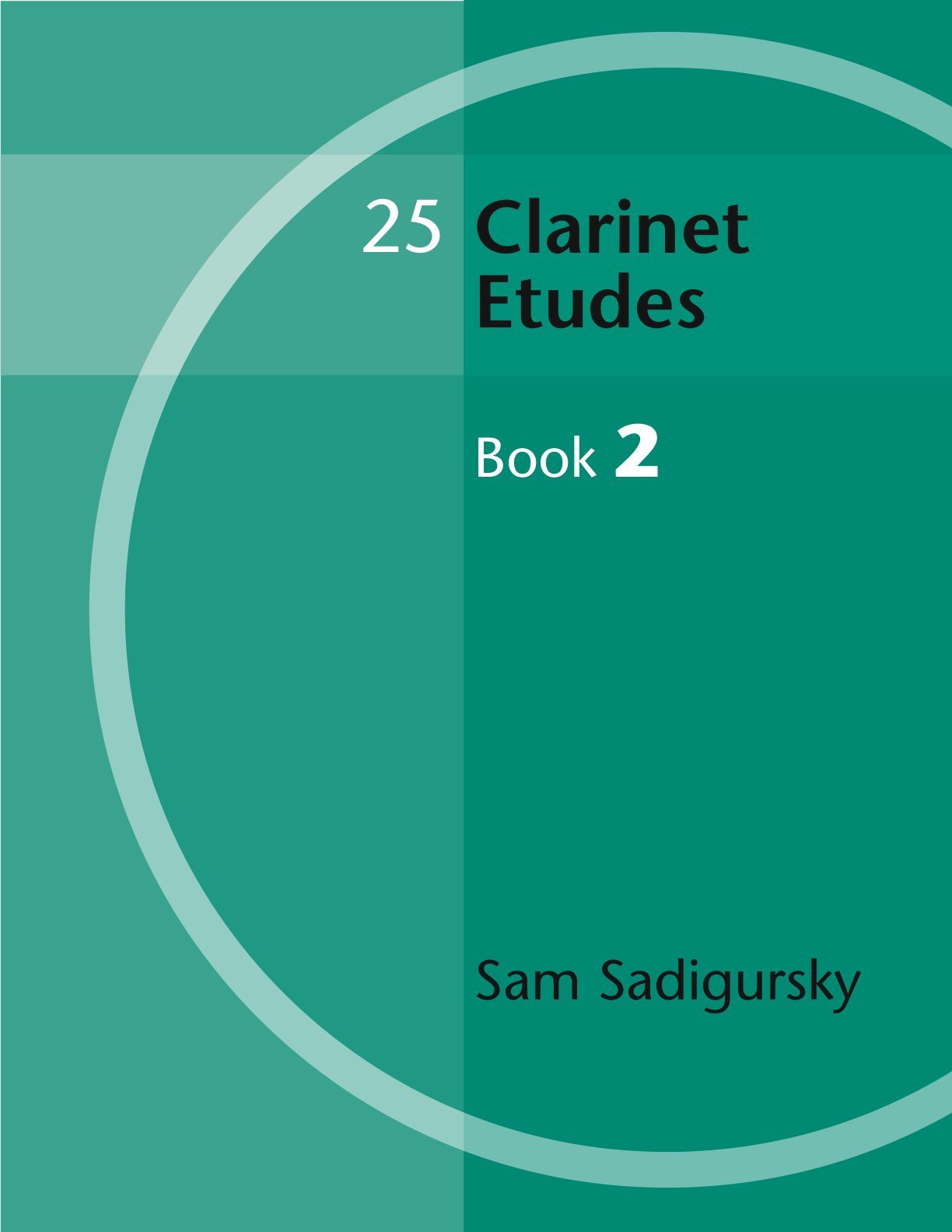
Sadigursky 25 Etudes, Book 2: Sam Sadigursky is a Brooklynite like me, and when he asked me to check these etudes out about 10 years ago I was totally blown away. Stylistically they are all over the map, from Jazz to Klezmer to Classical to Brazilian Choro, and they’re freakin’ HARD. So while they’re definitely not for the faint-of-heart, they are a terrific addition to an accomplished clarinet player’s library. Sam has three of these books out now, but my absolute favorite is Book 2. Level: Advanced. Do I need to buy it? If you think you can handle it, yes.

Mandat Finger Food: Last but certainly not least, is Eric Mandat’s gem of a book Finger Food. Eric is a terrific clarinetist, composer and all-around guy, and these studies reflect his idiosyncratic approach to clarinetting. This is a collection of short pieces, specifically targeting left- and right-hands separately—each etude is designed to practice specific finger motions. Seven etudes each are for left or right hand work, one is for little finger work, and one is for the side e-flat key. They are all really fun and clever. You won’t know you’re “eating your vegetables” when working on them, but you will feel stronger and smarter after you do. Level: Advanced. Do I need to buy it? No, but man, you’ll be missing out.
So, that’s a starter pack for you. I’m sure I’ll add to this list as I think of stuff, and I’d LOVE for you to add your favorites in the comments below. And if you do, please try to copy a link to the book in the comment, so people can pick it up for themselves!
Happy practicing!
-Mike


2 comments
Yes, the idea is that these works apply equally well for the range of Bb and Eb clarinets…
Do these books also work for bass clarinet or should I search for the bass clarinet specific counterparts?